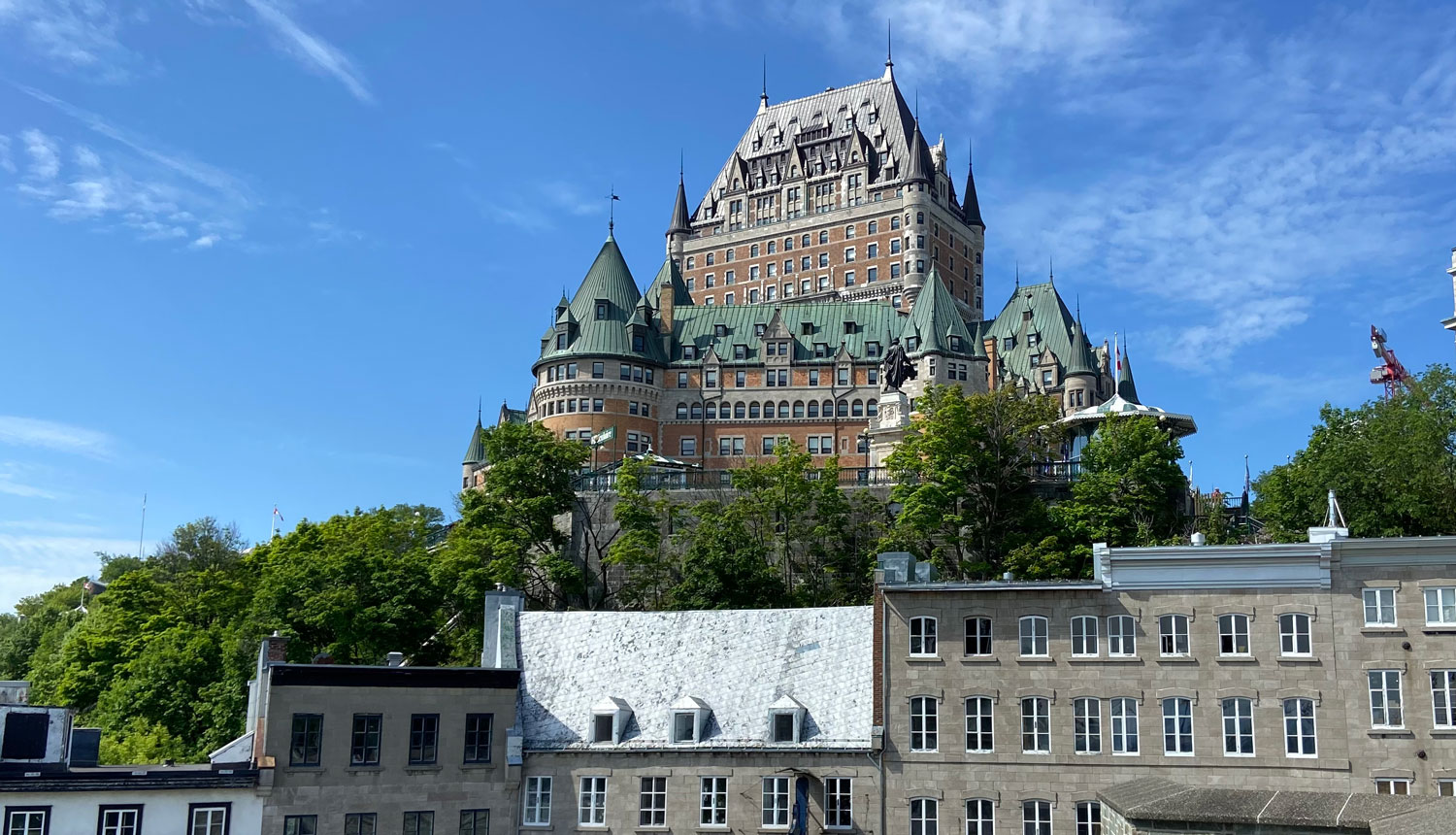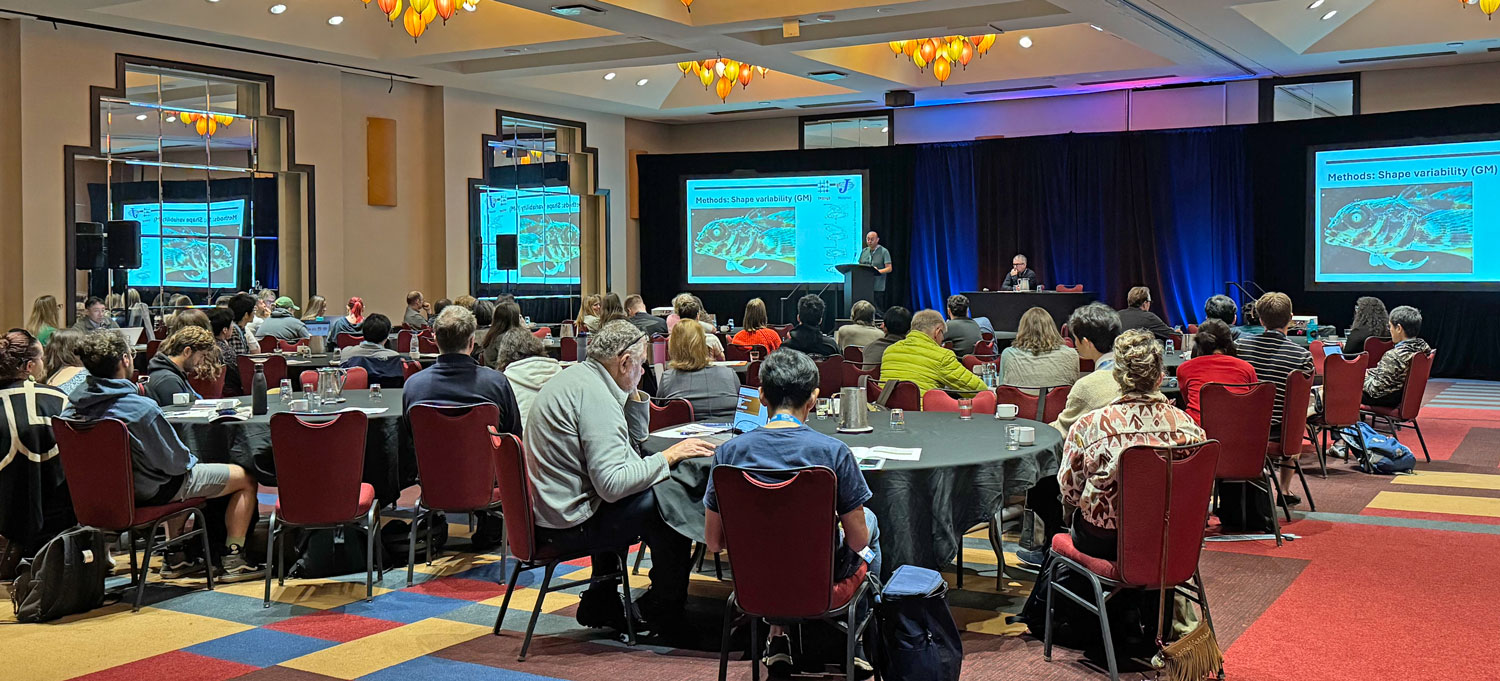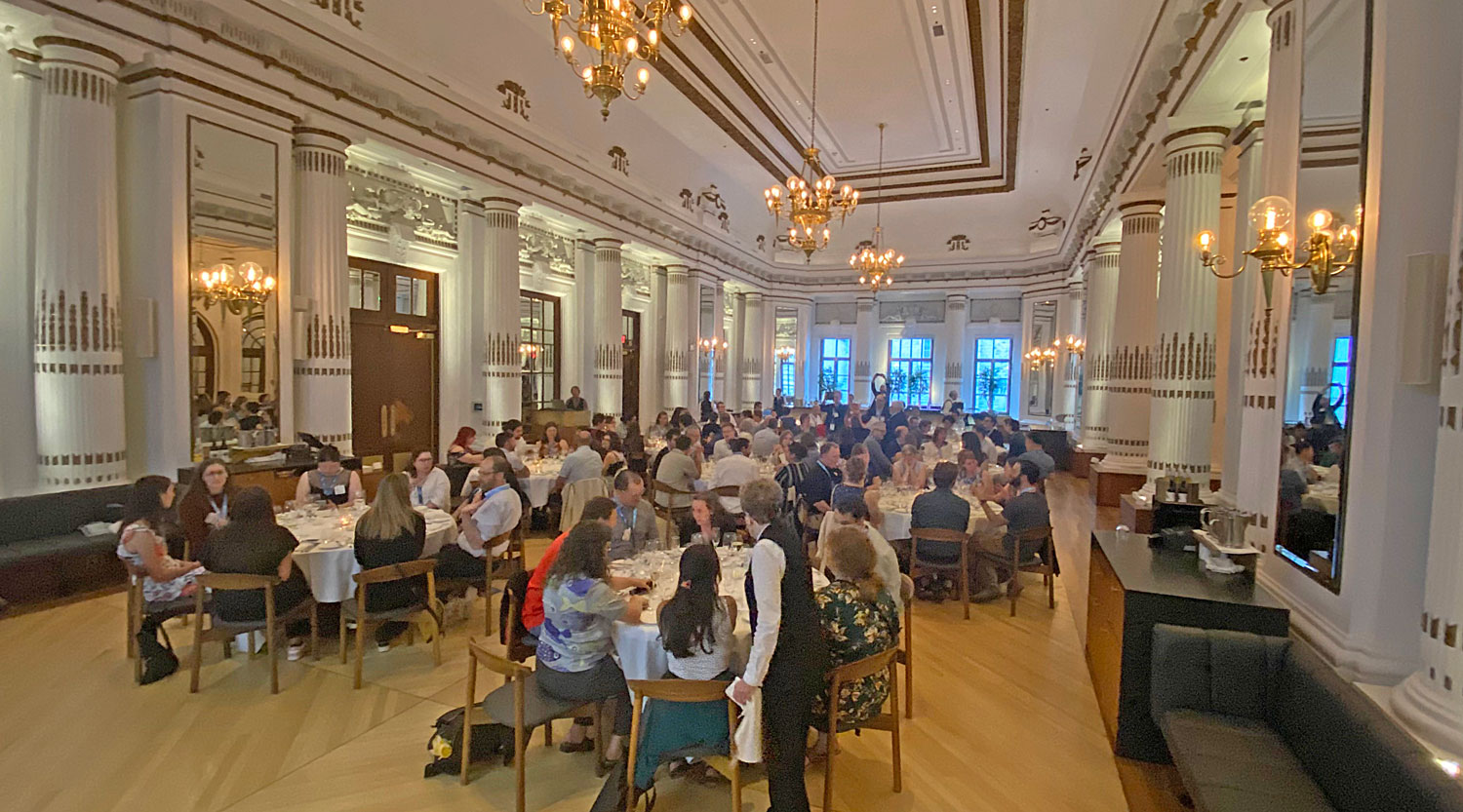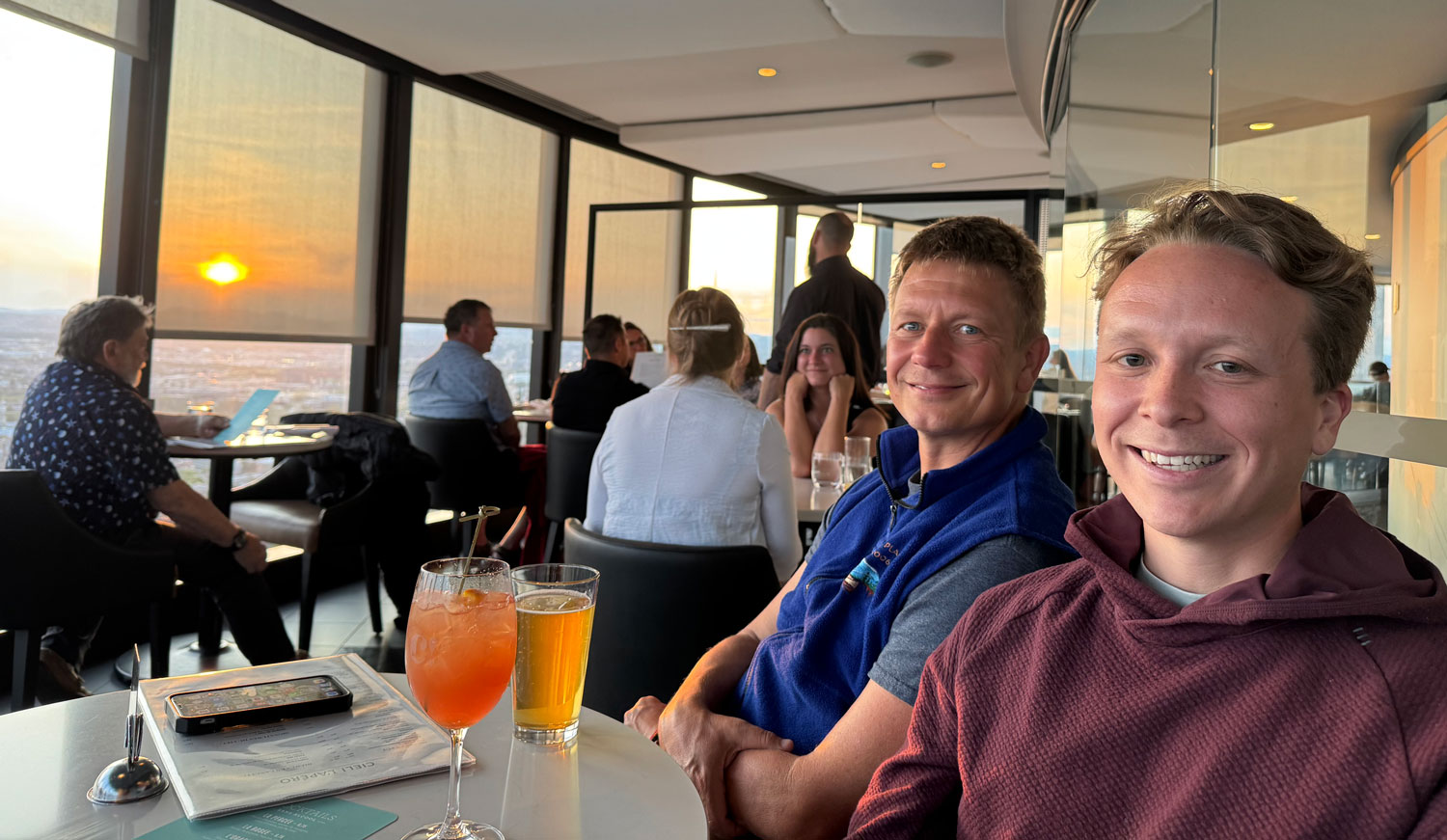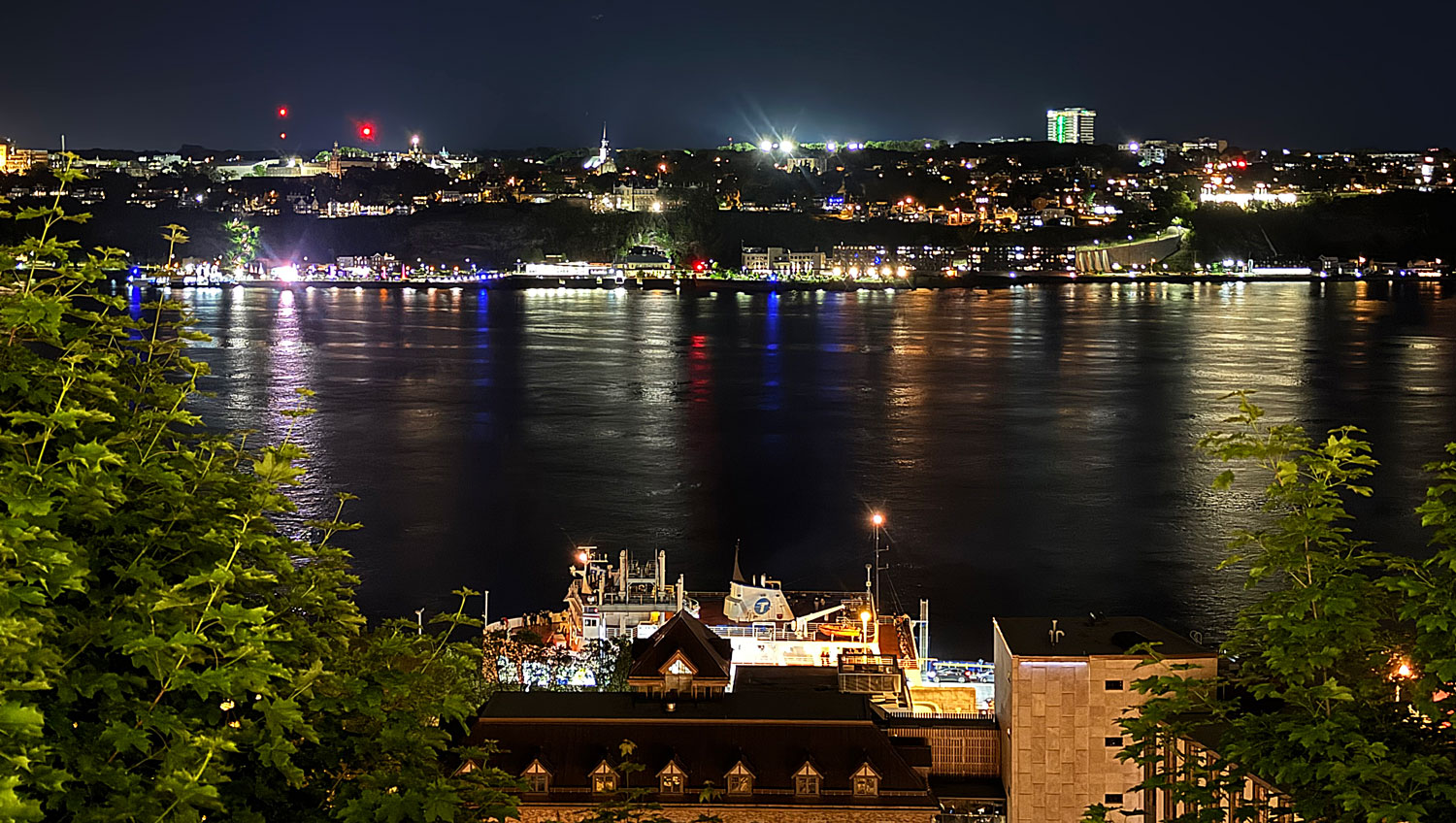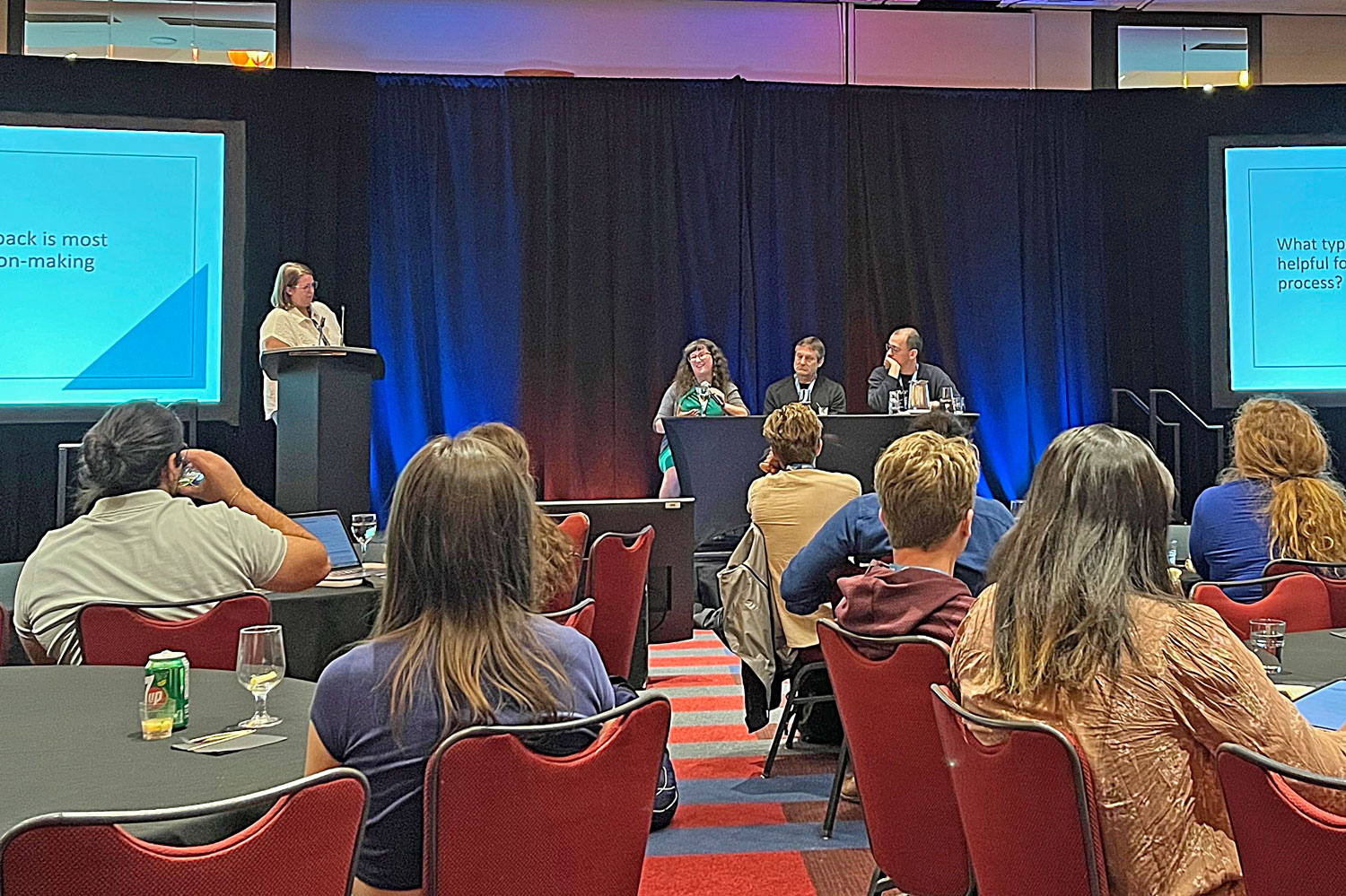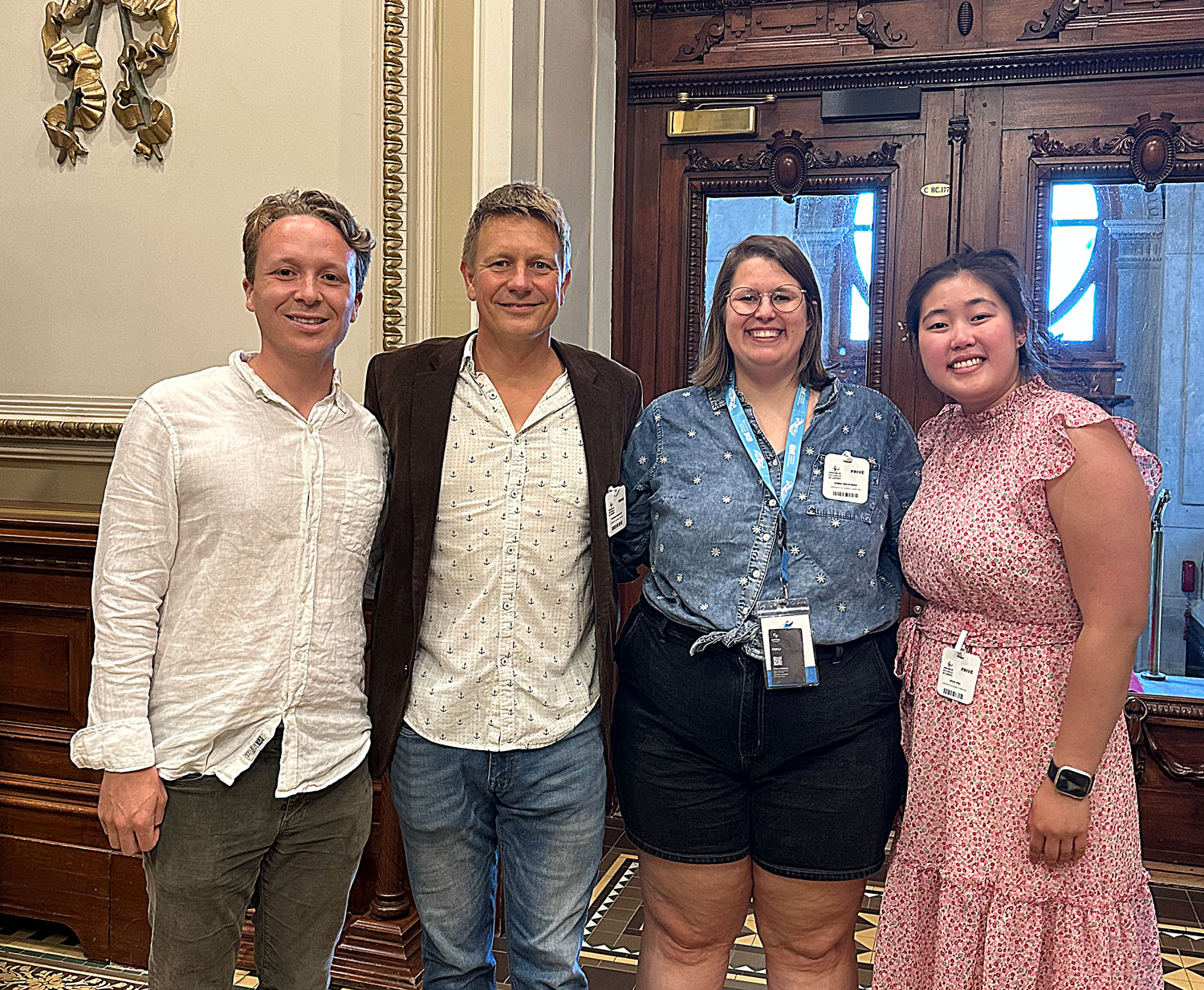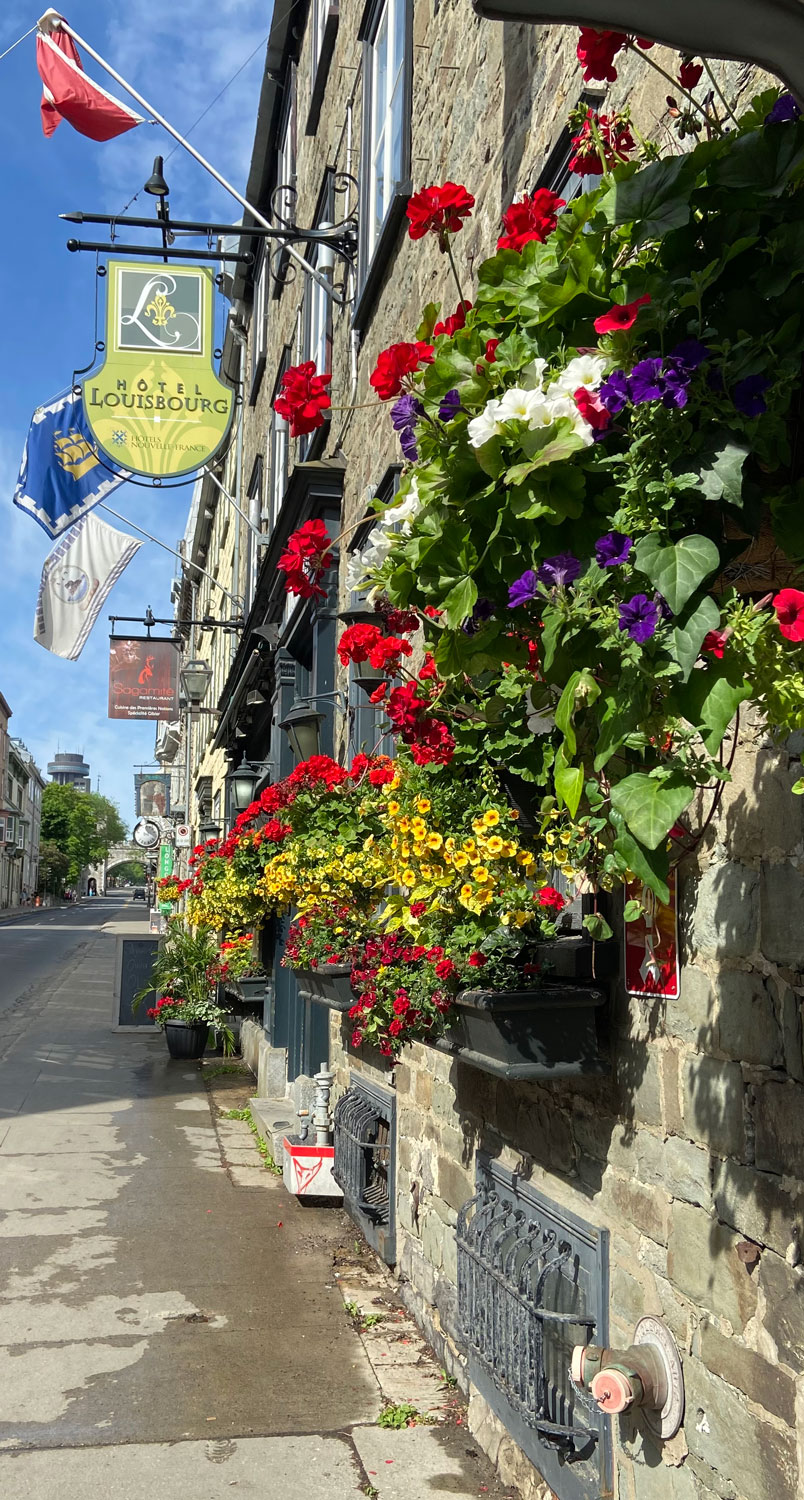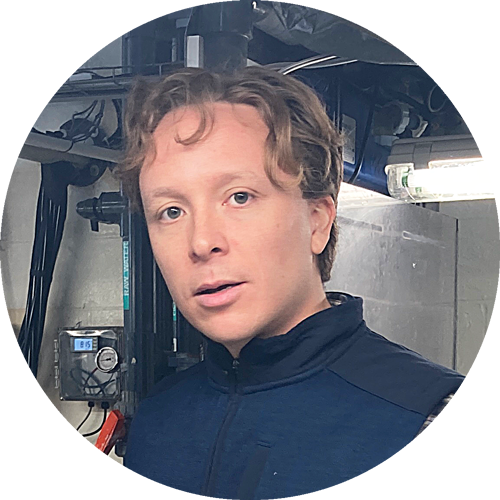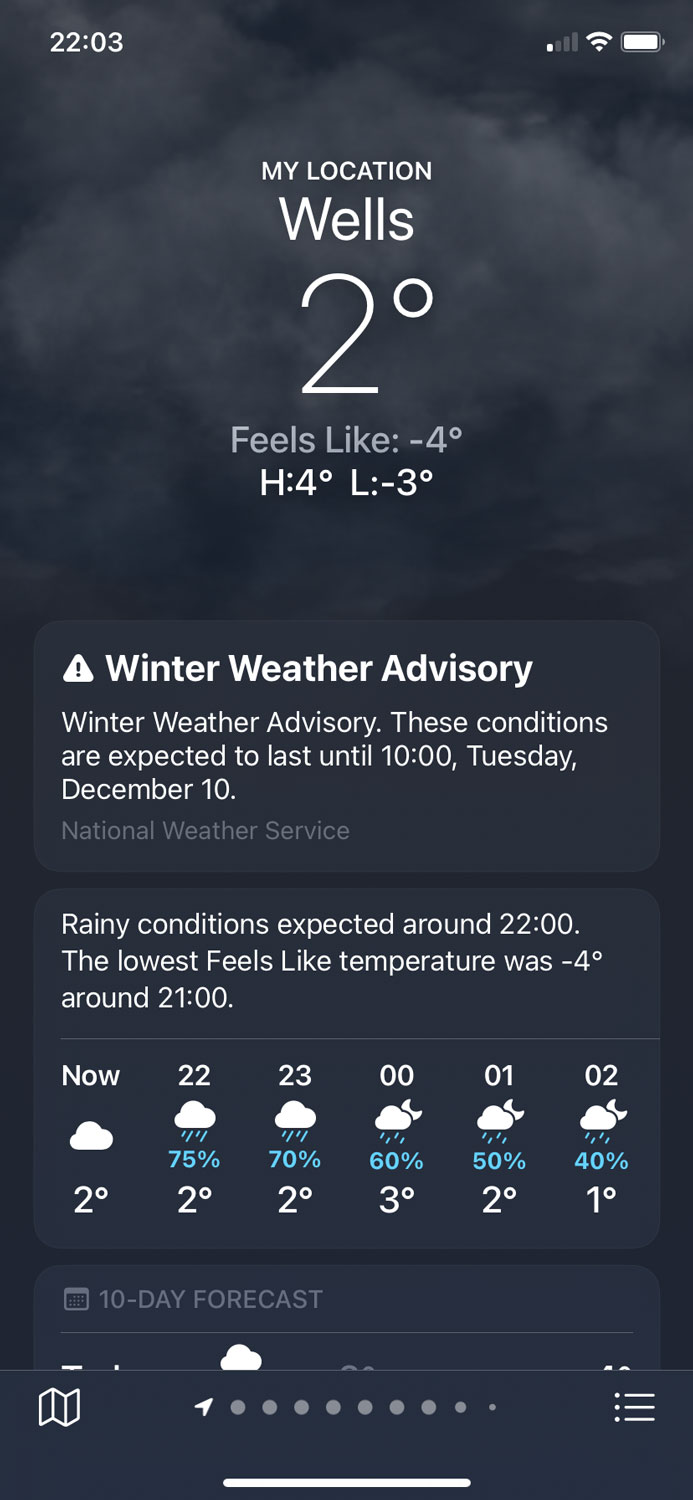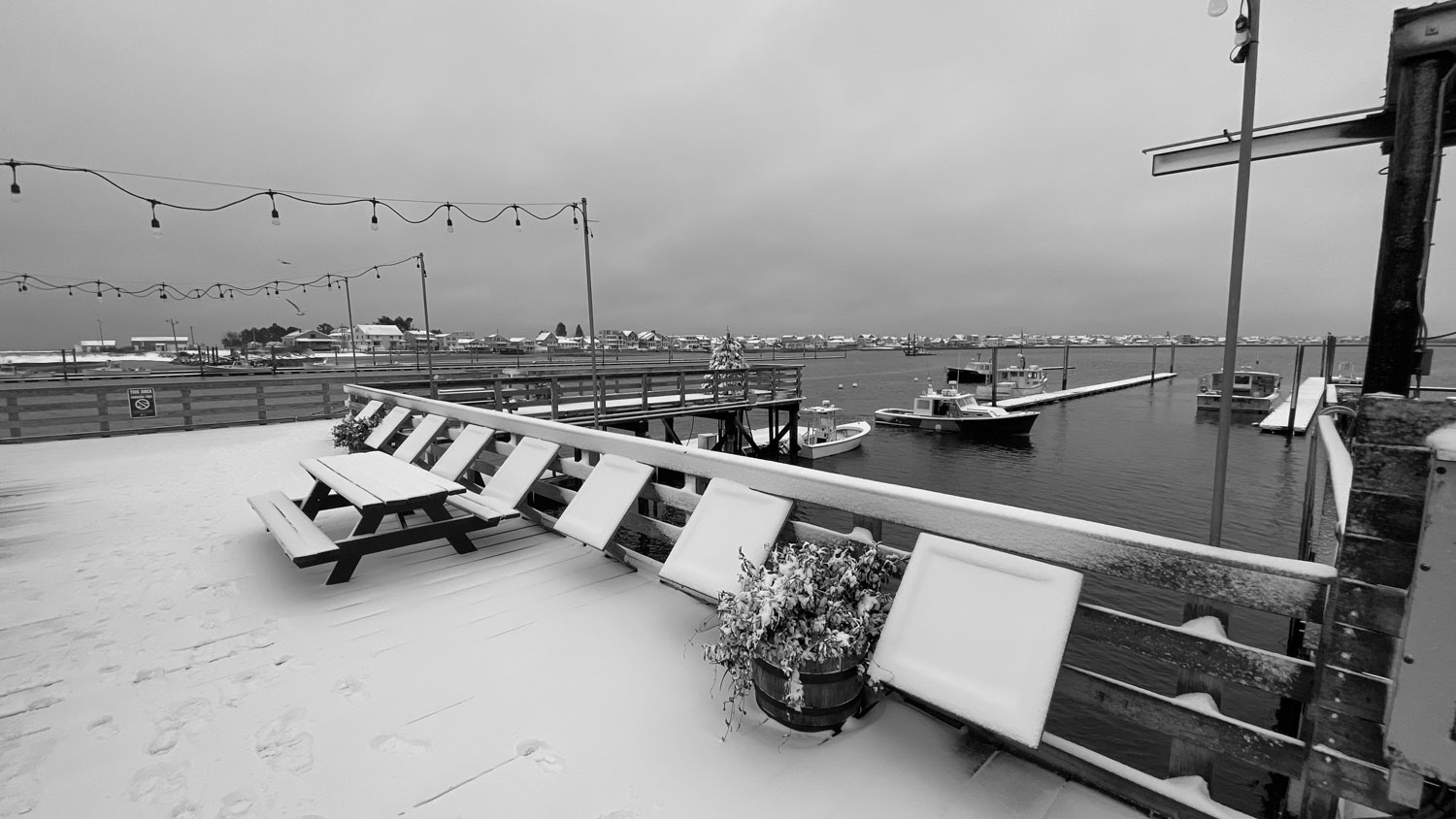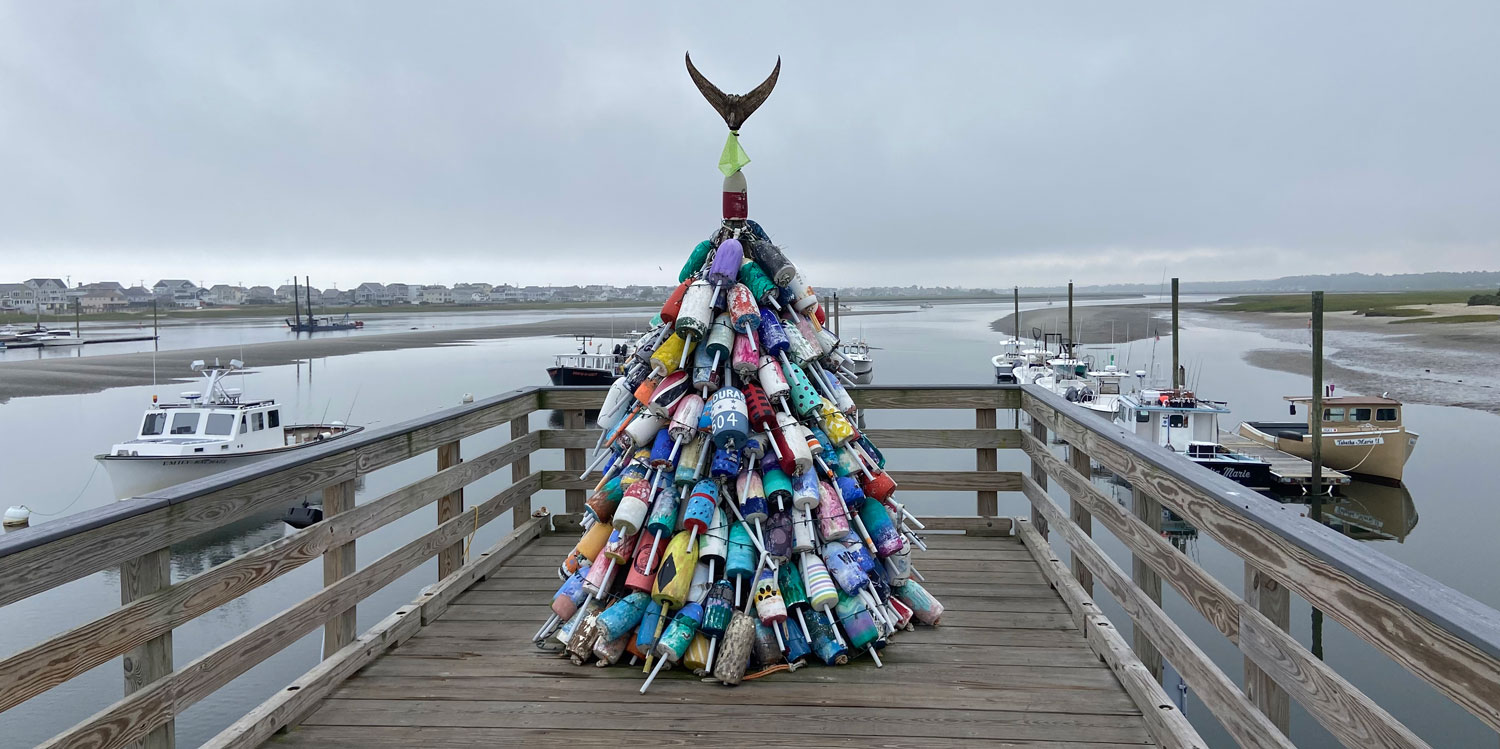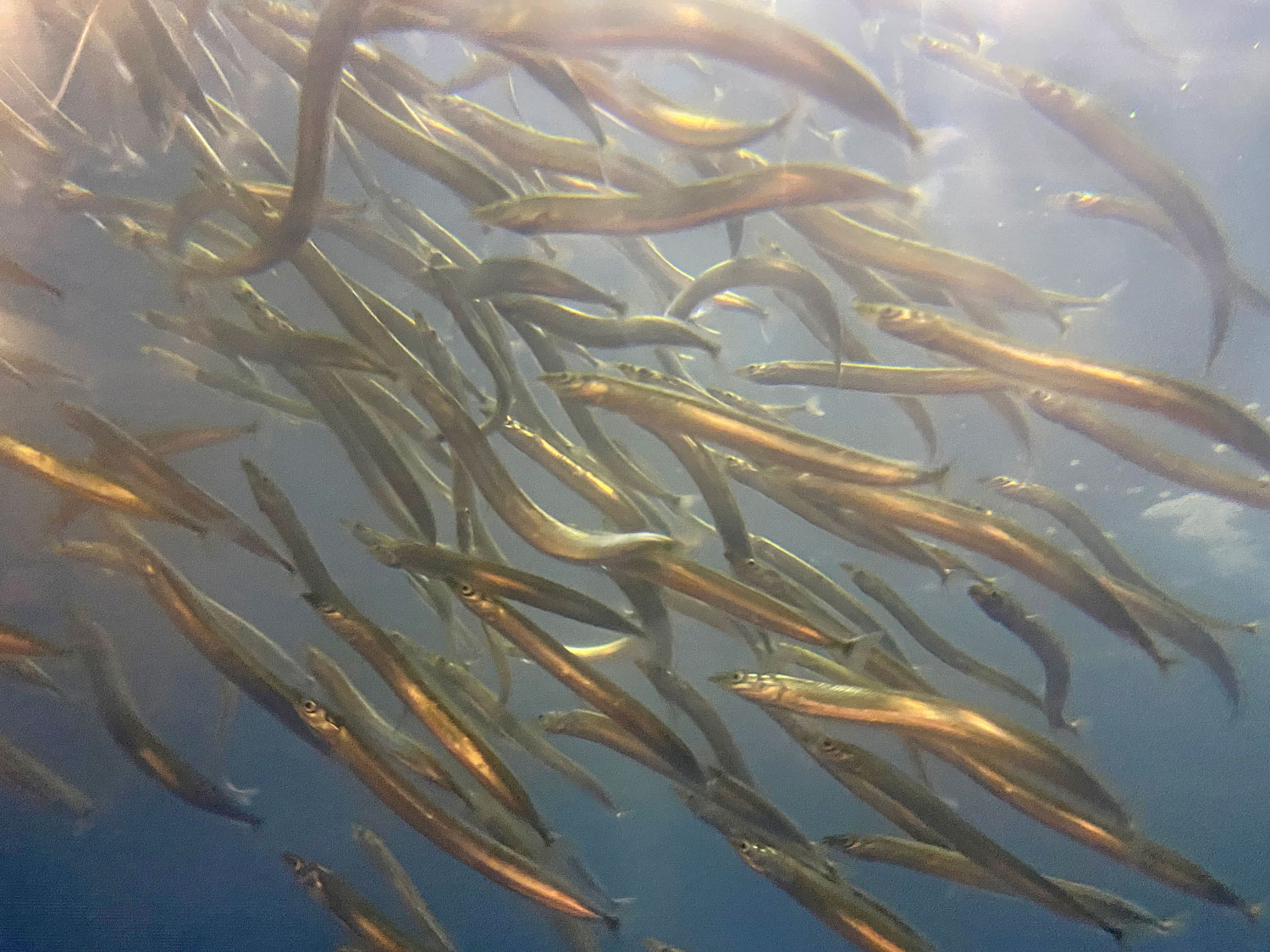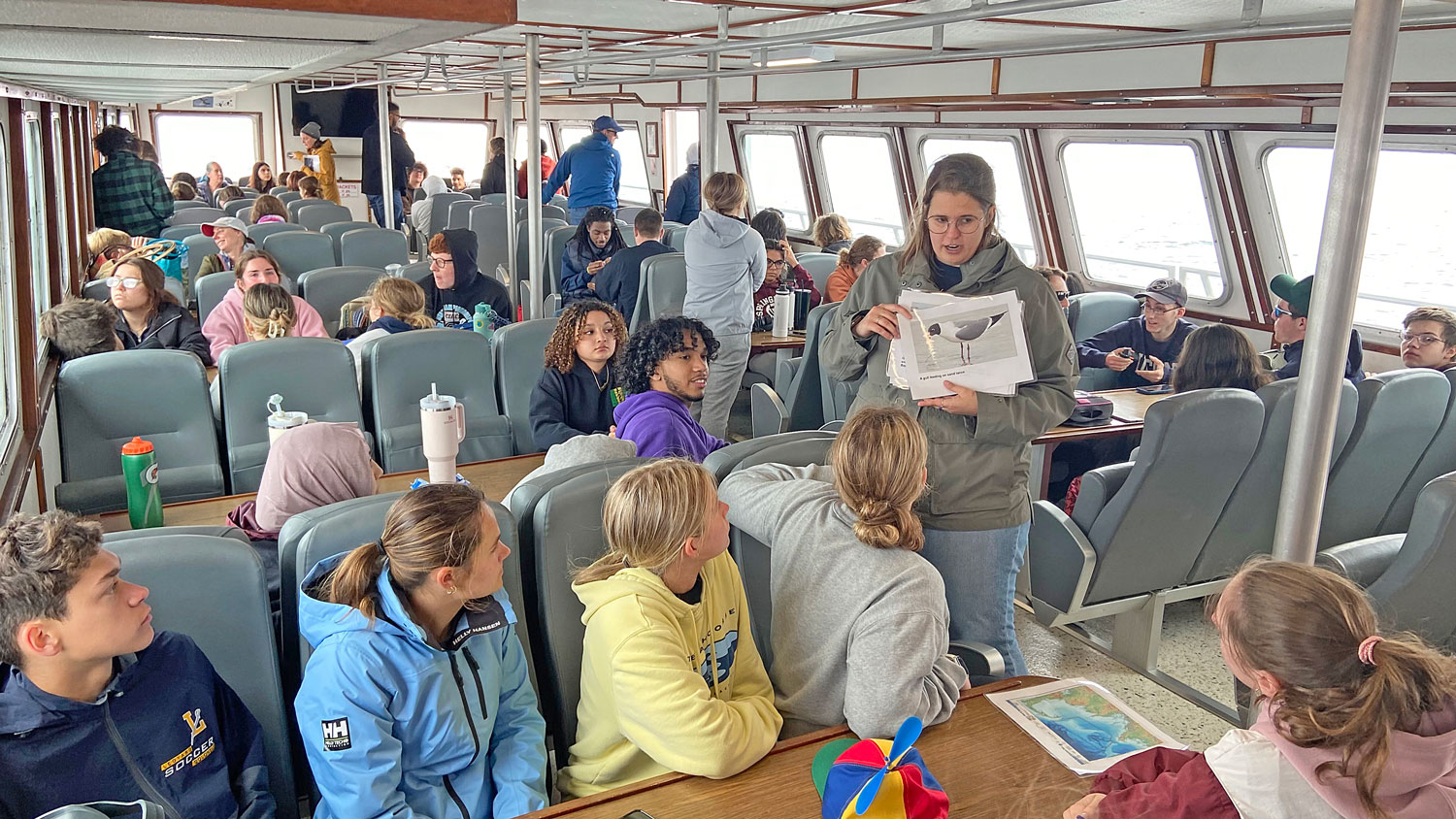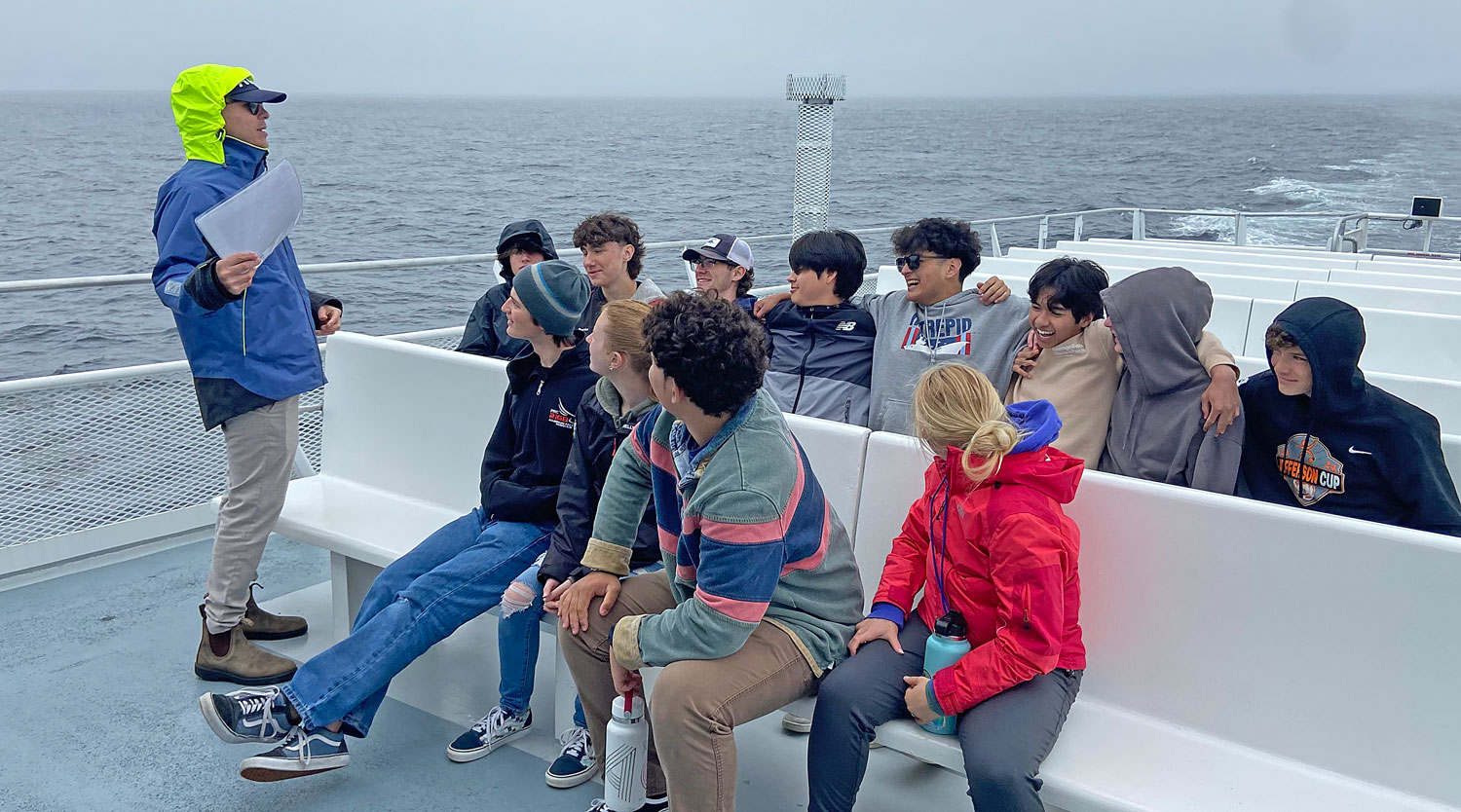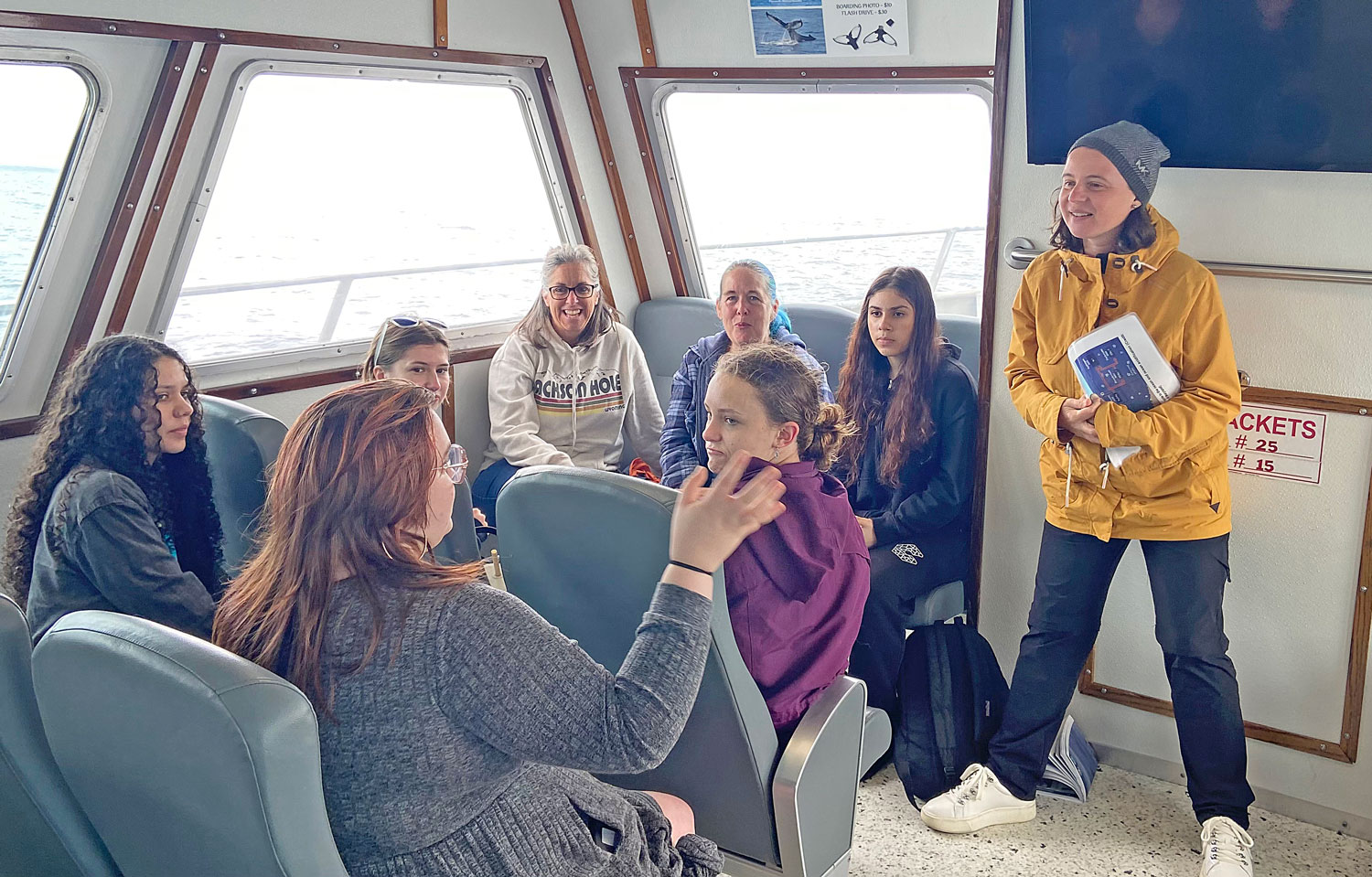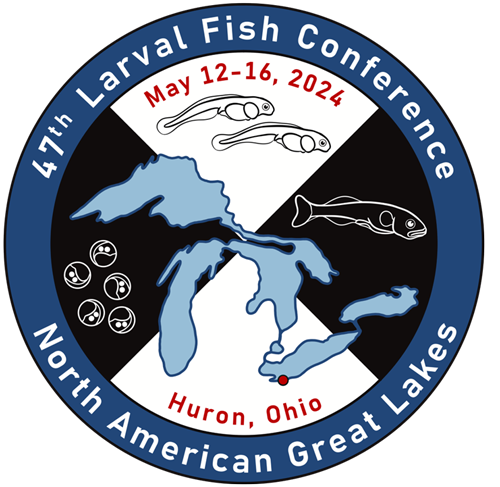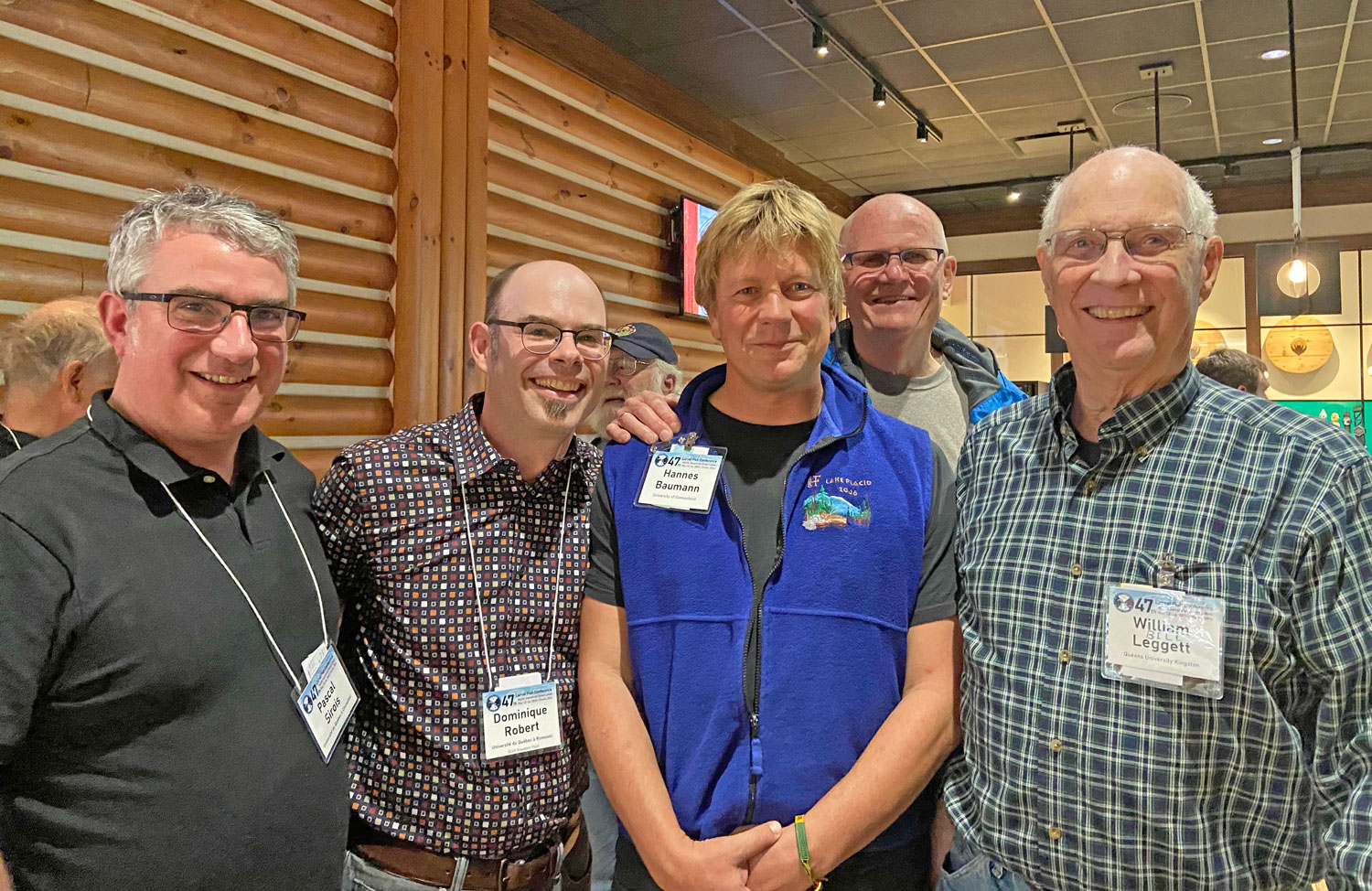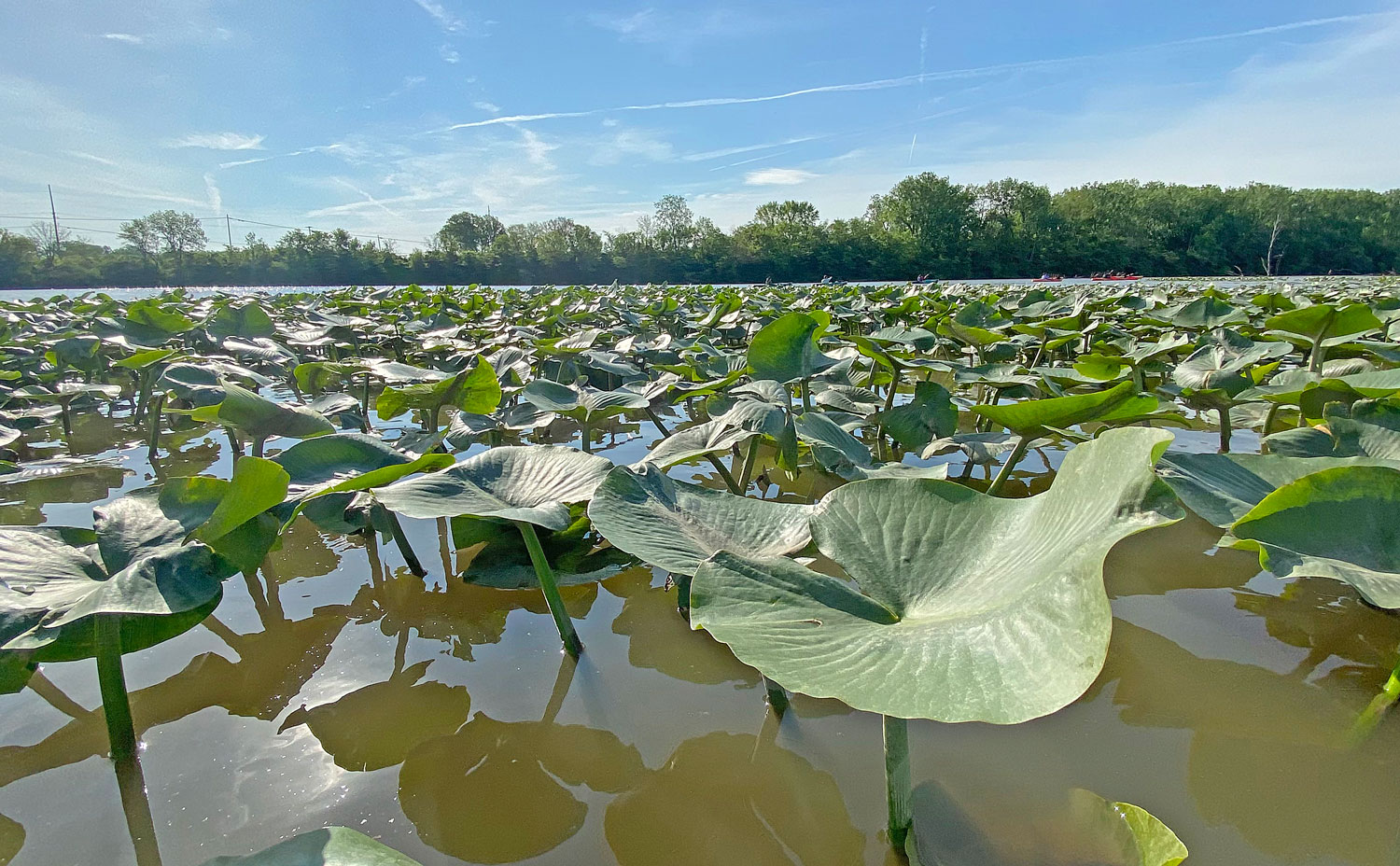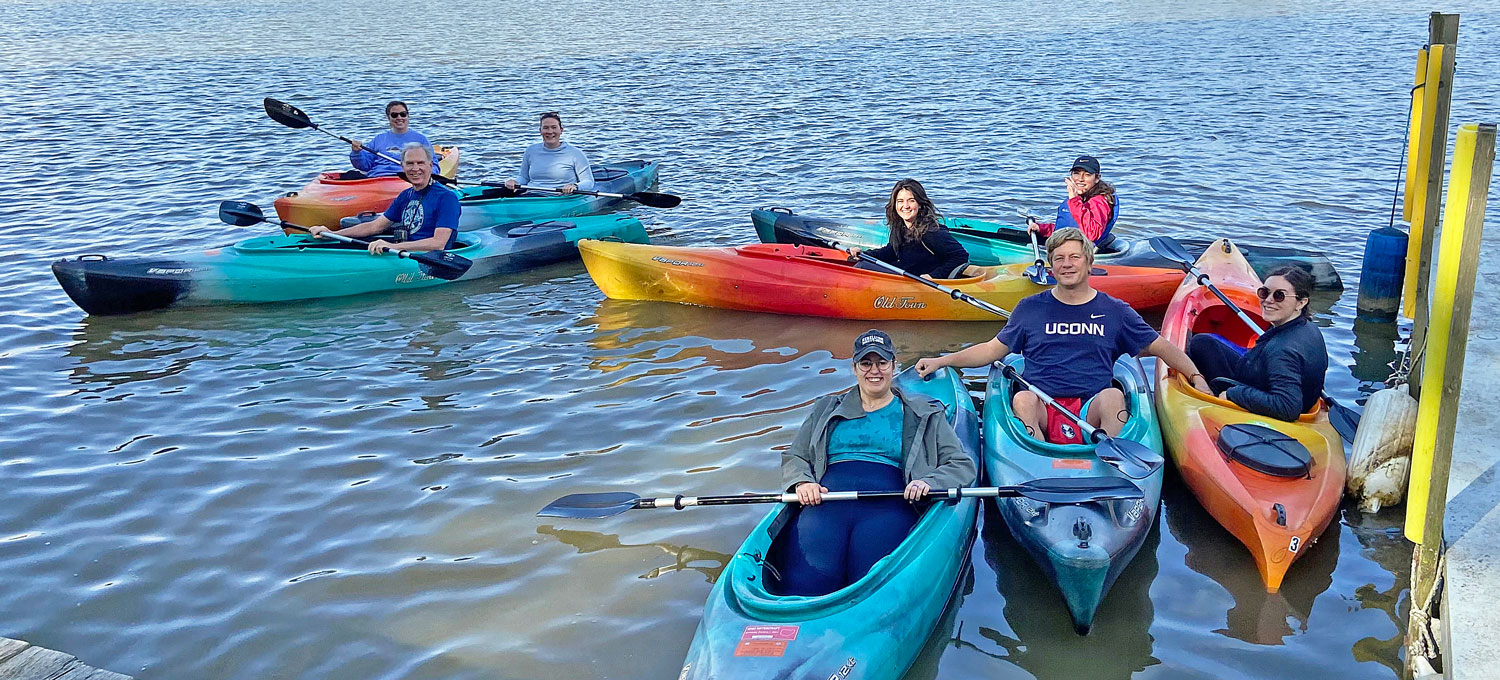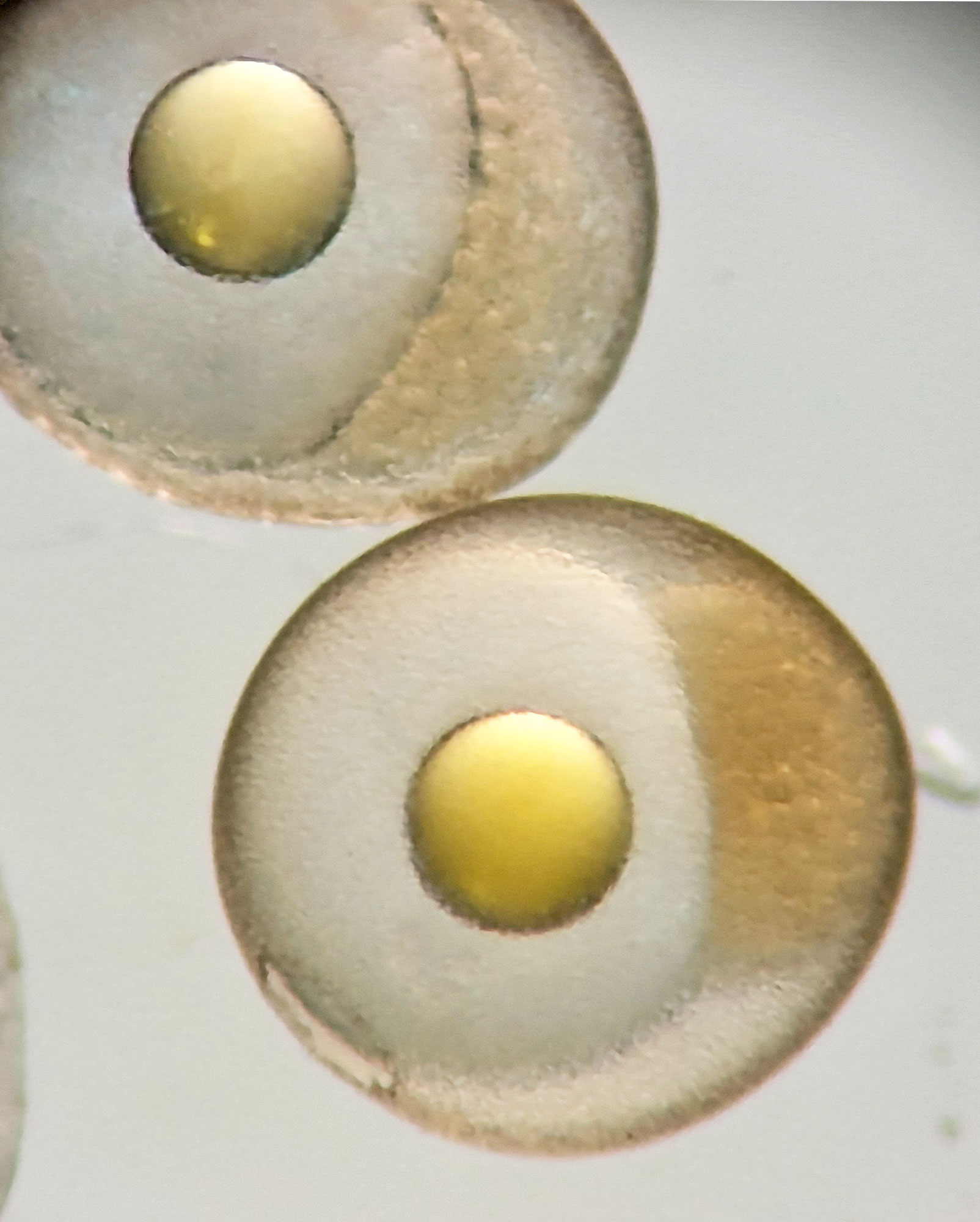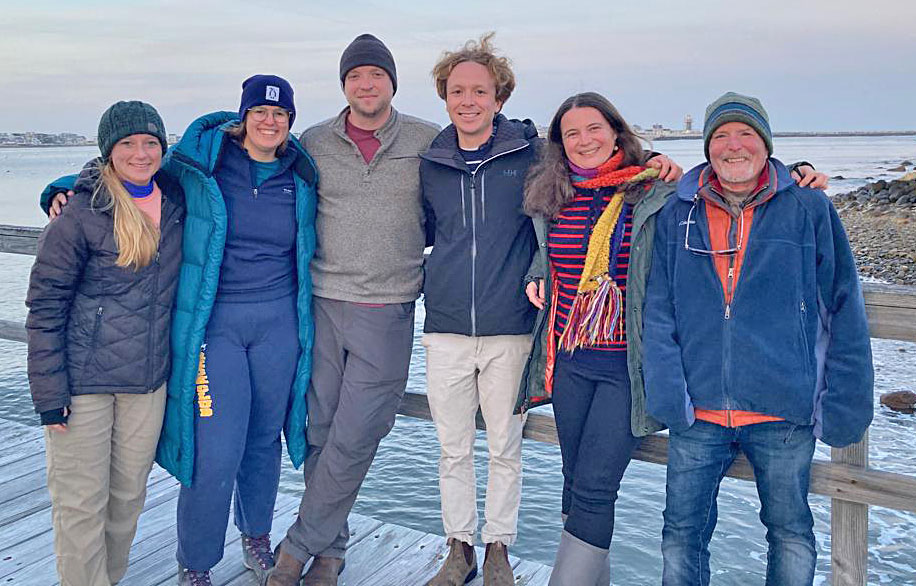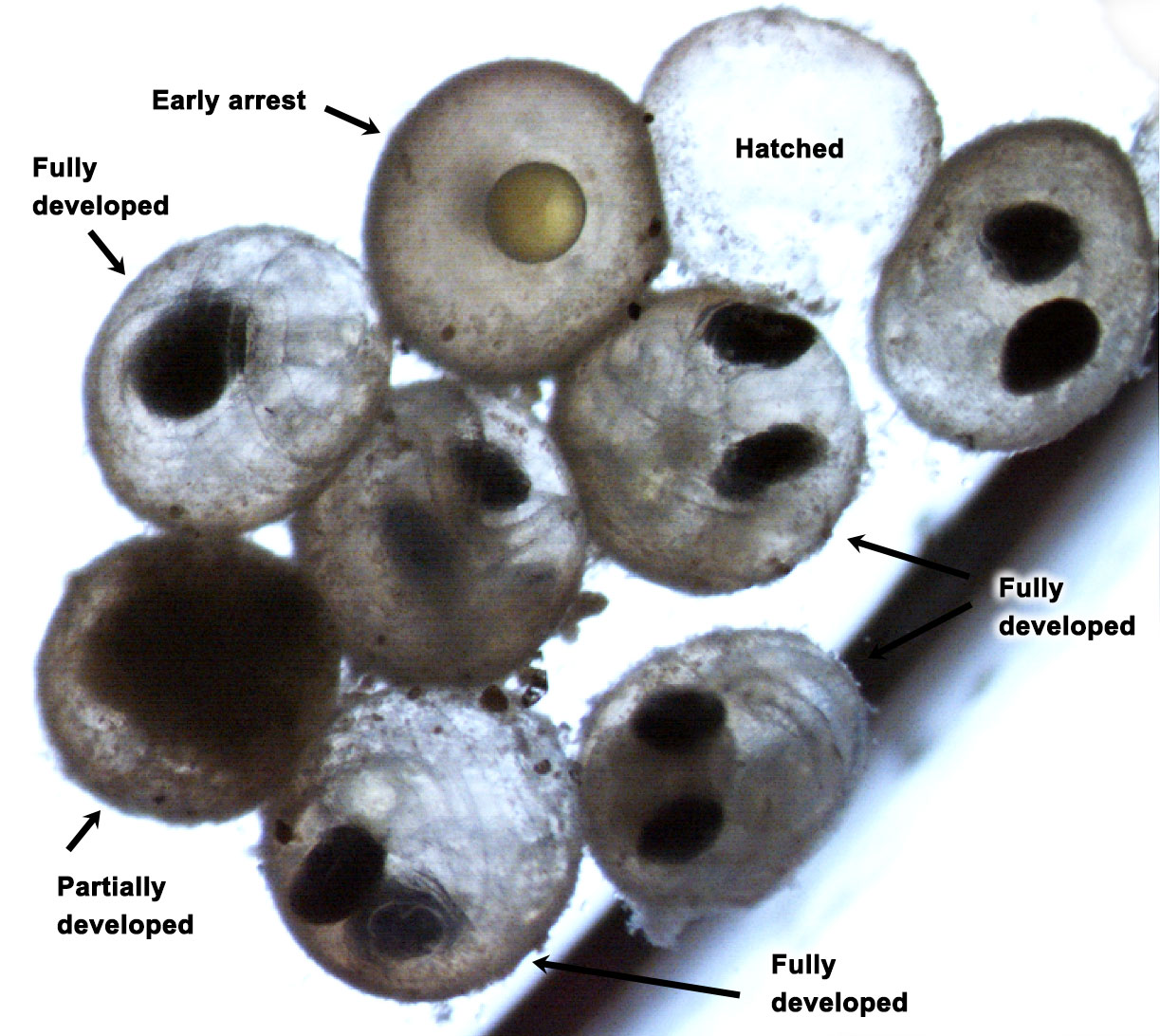20 June 2025. Members of the Baumann lab just returned from the 48th Annual Larval Fish Conference, which was organized this year by Early Life History Section members from the Université du Quebec in Quebec City. This small, international conference convened experts from 16 countries and all career stages dedicated to better understand processes governing fish early life stages (eggs, embryos, larvae, juveniles).
This year, our lab was represented by Hannes, Lucas, Emma, and Vicki - with the latter 3 doing a great job communicating the early findings of their PhD theses research via oral and poster presentations. Lucas shared genomic findings of sand lance in the Hudson Bay and from CO2-sensitivity experiments. Emma presented first insights of experimental research on the inshore sand lance species, and Vicki showed that in- and offshore sandlance species might mix more than previously thought. In addition, Emma helped organize and conduct a well received panel discussion for early career scientists about the art of reviewing and publishing.
Quebec is an incredibly picturesque, historic city - and all of us were lucky to be treated with a banquet dinner at the Quebec Parliament at the end of the conference. Well done, all!
Oral and Poster Presentations at LFC48
- Jones, L.F., Schembri, S., Bouchard, C., and Baumann, H. 2025. What sand lance species inhabits the Hudson Bay System in the Canadian Arctic? Oral presentation.
- You, V., Batta-Lona, P., O'Donnell, T., and Baumann, H. 2025. Identifying sand lance species and their distributions in the Northwest Atlantic using real-time PCR (qPCR). Poster. /li>
- Jones, L.F., Murray, C.S., Zavell, M.D., Siegfried, E., Therkildsen, N.O., and Baumann, H. 2025. Is there a genomic basis to CO2 sensitivity in the Northern sand lance? Poster.
- Siegfried, E. and Baumann, H. 2025. Temperature effects on the time to hatch in American sand lance (Ammodytes americanus). Poster.
